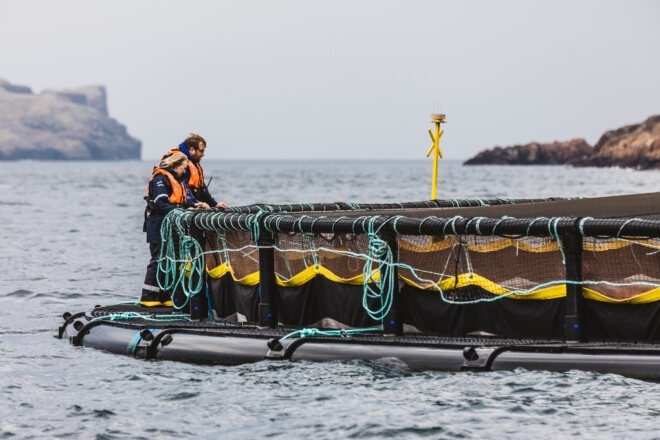Scottish Sea Farms records $7 million in Q2 losses amidst ongoing ‘biological’ problems.
Scotland’s second largest salmon producer, Scottish Sea Farms has seen production slashed following serious biological problems, according to a report from parent-company Leroy.
The period from April to June was “extremely challenging”, and the estimated harvest volume for the year has been slashed to 27,000 metric tons, equating to a 30 percent drop in production on 2022.
The company reported a NOK 65 million (£4.8 million) loss for the second quarter of 2023, after NOK 70 million (£5.2 million) in profit for the same period last year.
Gradual improvement is expected through the second half this year, according to the report.
Biological problems
Scottish Sea Farms reported costs of £13.2 million in “incident-based mortality” for the quarter: fish deaths that are not due to routine or natural causes but are instead linked to particular events or problems, such as disease outbreaks, equipment failures, or environmental issues.
The other common euphemism, ‘biological problems’ is used as short hand for common issues such as sea lice, disease, winters sores and problems with jellyfish.
Salmon farmers often have to harvest fish early if there are significant problems, bringing higher costs and lower prices. Some fish are in such poor condition they cannot be put on the market and have to be destroyed.
Scottish Sea Farms is jointly owned 50/50 between Norwegian salmon producers Leroy and Salmar.
Scottish exports soar
Salmon from Scotland, which is the UK’s largest food export, recorded a value of £306 million between January and June, according to data from His Majesty’s Customs and Revenue (HMRC).
France remains the most important market for Scottish salmon, although sales to the country fell 5 percent in the first half of the year
This was made up for by increased international demand elsewhere with major growth in the Asian and American markets as export sales jumped by 9 percent, part of a trend that saw Scotland’s salmon industry enjoy an 18 percent rise in non-EU exports to £132 million, outpacing a 3 percent hike in EU exports at £173 million.
The US remained the top non-EU market, importing £77 million of Scottish salmon, up 10 percent. Meanwhile, China’s imports grew 57 percent to £12 million.
Taiwan’s imports surged by 174 percent to £9 million, marking the highest non-EU value increase.
In the EU, Poland and the Netherlands saw significant rises, with Poland’s imports increasing 48 percent to £17 million and the Netherlands’ by 114 percent to £9 million.









